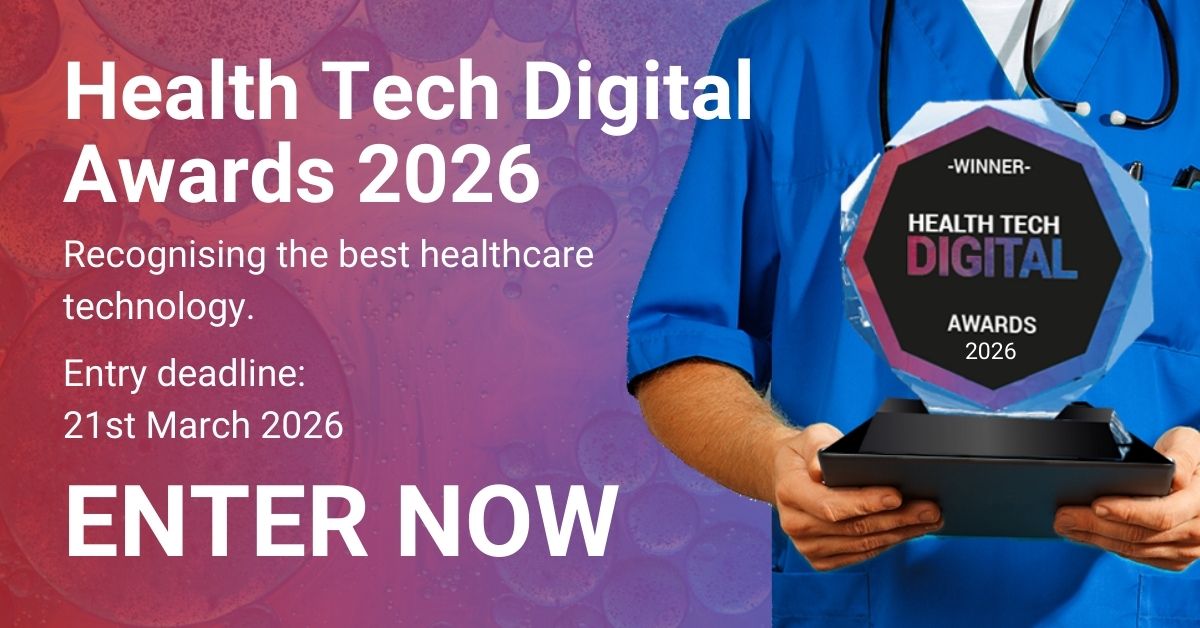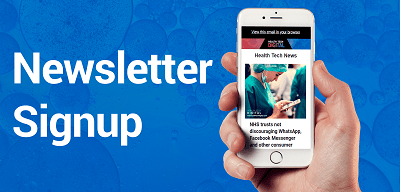
Introduction: The Erosion of Continuity in NHS Primary Care
For decades, the National Health Service (NHS) has long been regarded as one of the world’s best healthcare systems and revered for its commitment to universal, high-quality healthcare. Yet today, it faces an existential crisis. Rising demand, an ageing population, workforce shortages, and chronic underfunding are eroding the very foundations of primary care. Nowhere is this more evident than in the loss of continuity of care, once the hallmark of British general practice.
Continuity of care is more than a nostalgic relic of a bygone era—it is a well-evidenced, patient-centred approach that improves clinical outcomes, enhances patient satisfaction, and reduces healthcare costs. However, the traditional ‘cradle-to-grave’ GP model is increasingly unviable. Smaller practices are being swallowed by large-scale providers, patients struggle to see the same GP, and digital access—while offering convenience—risks making care increasingly transactional.
If the NHS is to survive and thrive, we must explore alternative models of care that prioritise relationships over transactions.
This article explores how digital health and Employee Assistance Programmes (EAPs) could help restore relational care, creating a future where patients experience continuity even in a fragmented system.
The Fragmentation of General Practice: A System in Decline From Relational to Transactional Care
Historically, General Practice was built on the foundation of longitudinal relationships – patients and GPs knew each other over years, if not decades. This deep understanding improved diagnosis, adherence, and outcomes.
However, over the last two decades, the NHS has shifted towards a transactional model of care.
Patients are seen by whoever is available, whether in general practice, out-of-hours services, or walk-in clinics. While this has increased access in some respects, it has come at a cost:
- Loss of a named, trusted GP making care impersonal.
- Higher rates of misdiagnosis and unnecessary referrals due to lack of patient history familiarity.
- Lower patient satisfaction and trust in the system.
The Evidence for Continuity of Care
Numerous studies confirm that continuity of care reduces hospital admissions, improves medication adherence, and even lowers mortality rates.
- A BMJ study (2022) found that patients who see the same GP regularly have a 25% lower mortality rate compared to those with fragmented care.
- Saultz and Lochner’s research have long highlighted how relational continuity enhances trust, communication, and shared decision-making. These elements contribute to higher patient satisfaction, improved adherence to treatment plans, and positive health outcomes.
- A Lancet study (2023) found that lack of GP continuity led to a 30% increase in emergency hospital admissions, overwhelming secondary care.
Despite this, continuity is declining as workforce shortages force GPs to prioritise efficiency over relationships. Relational care, however, is essential for understanding patients’ preferences, social contexts, and emotional needs, making it a cornerstone of effective primary care.
Learning from Other Models: The Role of Employee Assistance Programmes (EAPs)
Through my experience with both, conventional and innovative care models, I’ve witnessed the remarkable potential of modern Employee Assistance Programmes (EAPs) to offer accessible, relationship-focused support, something the NHS is finding increasingly difficult to maintain.
Modern EAPs, typically embedded in workplaces, provide confidential counseling, psychological support, and wellbeing resources. Often, they ensure continuity of mental health care, a challenge that general practice is struggling to meet. With defined population groups similar to GP practice lists, modern EAPs foster ongoing care relationships under highest clinical governance. This stands in stark contrast to the transactional, ‘business-to-customer’ approach of most private digital care services.
EAPs as a Model for Primary Care
Modern EAPs could play a pivotal role in supplementing primary care, particularly in areas where NHS services are overstretched. Key features that could be adapted to general practice include:
- Named Case Managers – Patients receive care from a consistent professional, ensuring continuity.
- 24/7 Mental Health Support – Immediate access to trained professionals to prevent crises.
- Proactive Health Monitoring – Digital tools track patient wellbeing and intervene early.
Evidence on EAPs and Workforce Wellbeing
Research confirms that modern EAPs significantly reduce absenteeism and improve mental health outcomes:
- Nuffield Health (2022) found that EAPs reduced absenteeism by 25%.
- The UK Employee Assistance Professionals Association (EAPA) (2021) reported an ROI of £7.27 for every £1 spent on EAPs due to improved productivity and reduced sickness absence.
- A 2020 Occupational Medicine Journal study showed that 70% of employees accessing EAPs improved their work-related functioning, reducing long-term absence.
Given that 40% of NHS staff report work-related stress, expanding modern EAPs within the NHS workforce itself could reduce burnout, improve retention, and ultimately benefit patient care. It could also reduce the burden of care on General Practice. How many GP consultations would we save if modern EAPs became the first port of call for care, rather than the traditional GP.
Restoring Relational Care: The Case for Digital Innovation
Relational care, rooted in trust, empathy, and enduring patient-provider connections, remains essential. The rise of digital health has been both an opportunity and a threat. On one hand, telemedicine, AI, and remote monitoring have improved efficiency and access. On the other, they have often undermined continuity by making healthcare feel increasingly impersonal. The key to success lies in leveraging technology to enhance – not replace – relational care.
Digital health providers are now at a crossroads, with a unique opportunity to rebuild relational care by leveraging technology to enhance access, coordination, and proactive interventions.
One promising approach is the use of Case Managers – qualified psychotherapists or counselors – who offer both access to professional services and ongoing support.
Key Strategies to Restore Continuity
- Case Managers:
- Named case managers can offer long-term support for patients with complex needs, ensuring continuity across consultations.
- Conduct screening assessments to identify strengths and difficulties.
- Develop collaborative, goal-focused action plans.
- Provide brief therapeutic support and manage risks in consultation with psychological triage teams.
- AI-driven analytics can flag patients at risk of deterioration, prompting proactive interventions.
- Coordinate care with other professionals and evaluate service effectiveness.
- Incorporating case management into modern Employee Assistance Programs (EAPs) transforms mental health support into a relationship-centered model that balances therapeutic support with practical coordination.
- Mental Health Integration in Primary Care
- EAPs have already demonstrated the success of longitudinal mental health support, this should be integrated into GP services.
- Digital Cognitive Behavioural Therapy (CBT), supported by named clinicians, can improve accessibility without sacrificing relationships.
- Omnichannel Access to Care
- A hybrid model where patients see the same clinician via video, phone, or in-person can bridge the relational gap.
- AI-Powered Continuity Tools
- AI-driven digital records should prioritise relationship-based continuity – ensuring a patient sees the same GP or therapist where possible.
By integrating relational elements like those seen in Modern Mental Health, digital health platforms can deliver holistic, patient-centered care that prioritise long-term outcomes over quick fixes.
The future of healthcare lies in this balance: harnessing the efficiency of technology while preserving the irreplaceable value of human connection.
Reimagining Primary Care
The NHS is at a crossroads. If we continue down the current path, transactional, fragmented care will become the norm, leading to worse outcomes, increased emergency admissions, and declining patient trust.
However, by learning from successful alternative models – such as EAPs, case management, and relational digital health – we can rebuild a system where continuity of care remains a core principle.
A future built on both – human and digital relationships
- The direction is clear: digital health should complement and enhance – not replace – the power of human connection. By adopting this vision, we can build a healthcare system that is inclusive, accessible, and compassionate.
- Modern Employee Assistance Programmes (EAPs) offer a model for sustaining continuity in mental health care.
- Primary care must embrace a hybrid model, balancing efficiency and relationship-based care.
Continuity, trust, and personalisation are not relics of the past – they are the cornerstone of tomorrow’s primary care. With the right synergy of technology and humanity, we can redefine what it means to care for patients, ensuring better outcomes and a stronger, more sustainable healthcare system for all.
It is time for EAPs to expand their remit into the realms of primary care. Modern EAPs can help organisations support the wellbeing of their employees and also help the NHS, by supporting primary care. The future of primary care must embrace innovation that preserves humanity.
Together, we can build a lasting legacy: one where digital health empowers relational care and changes and saves lives.











